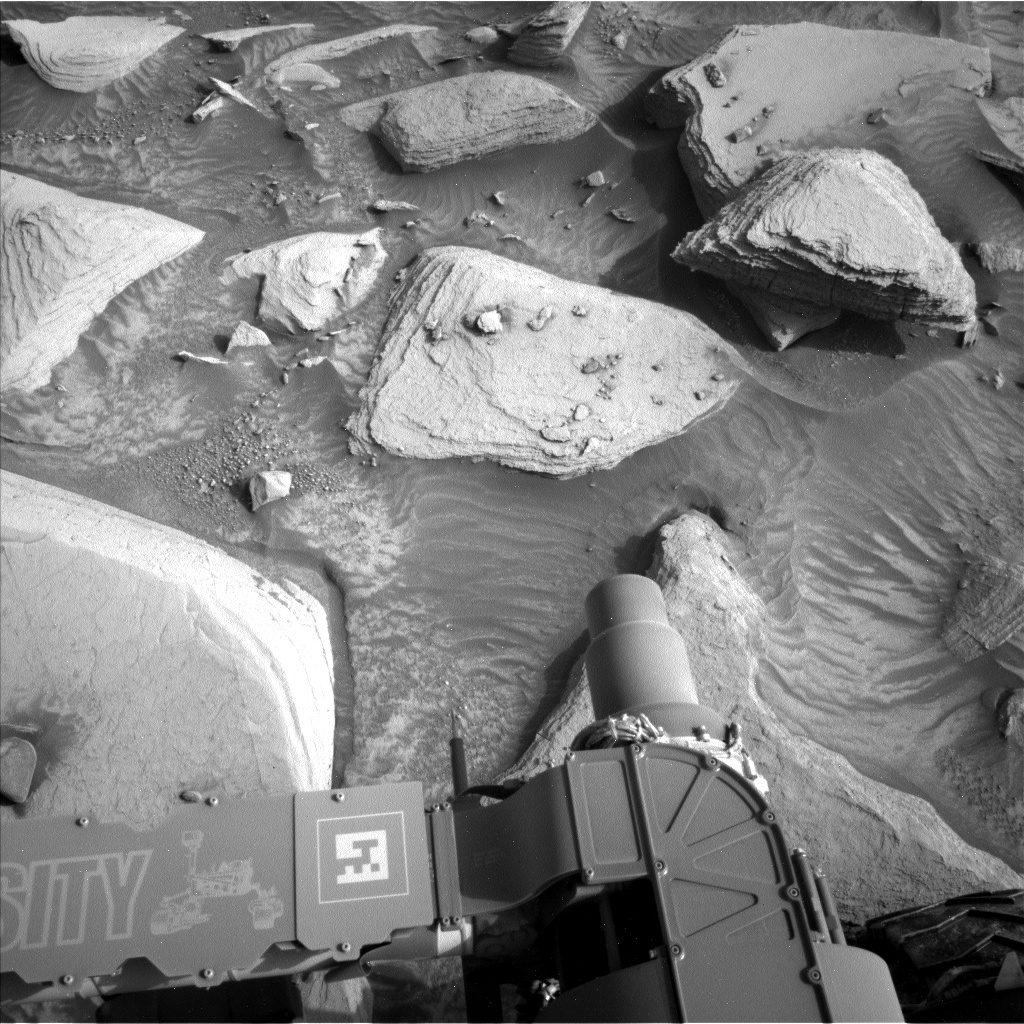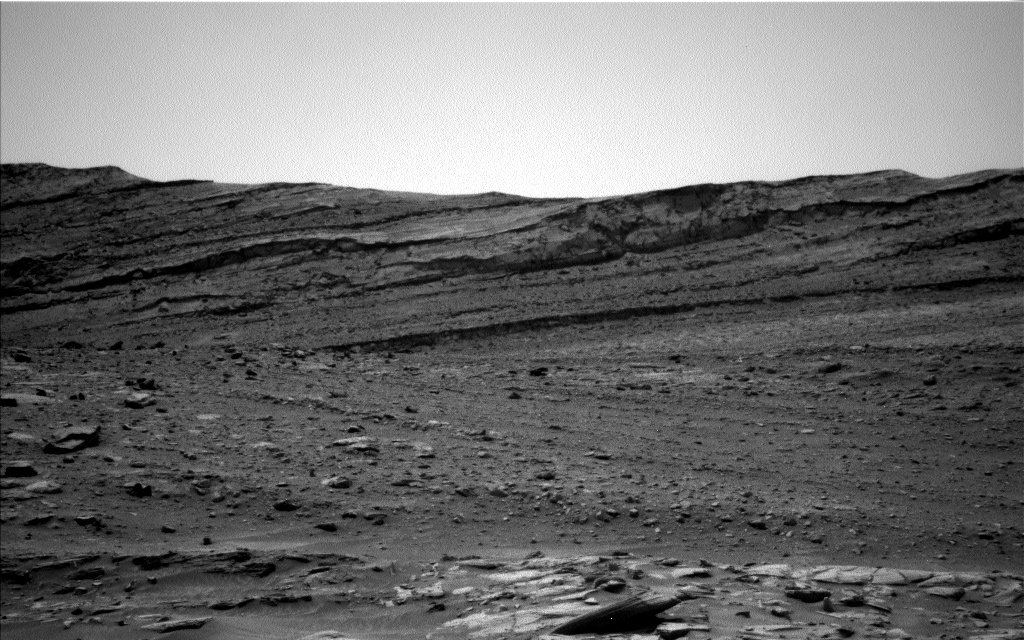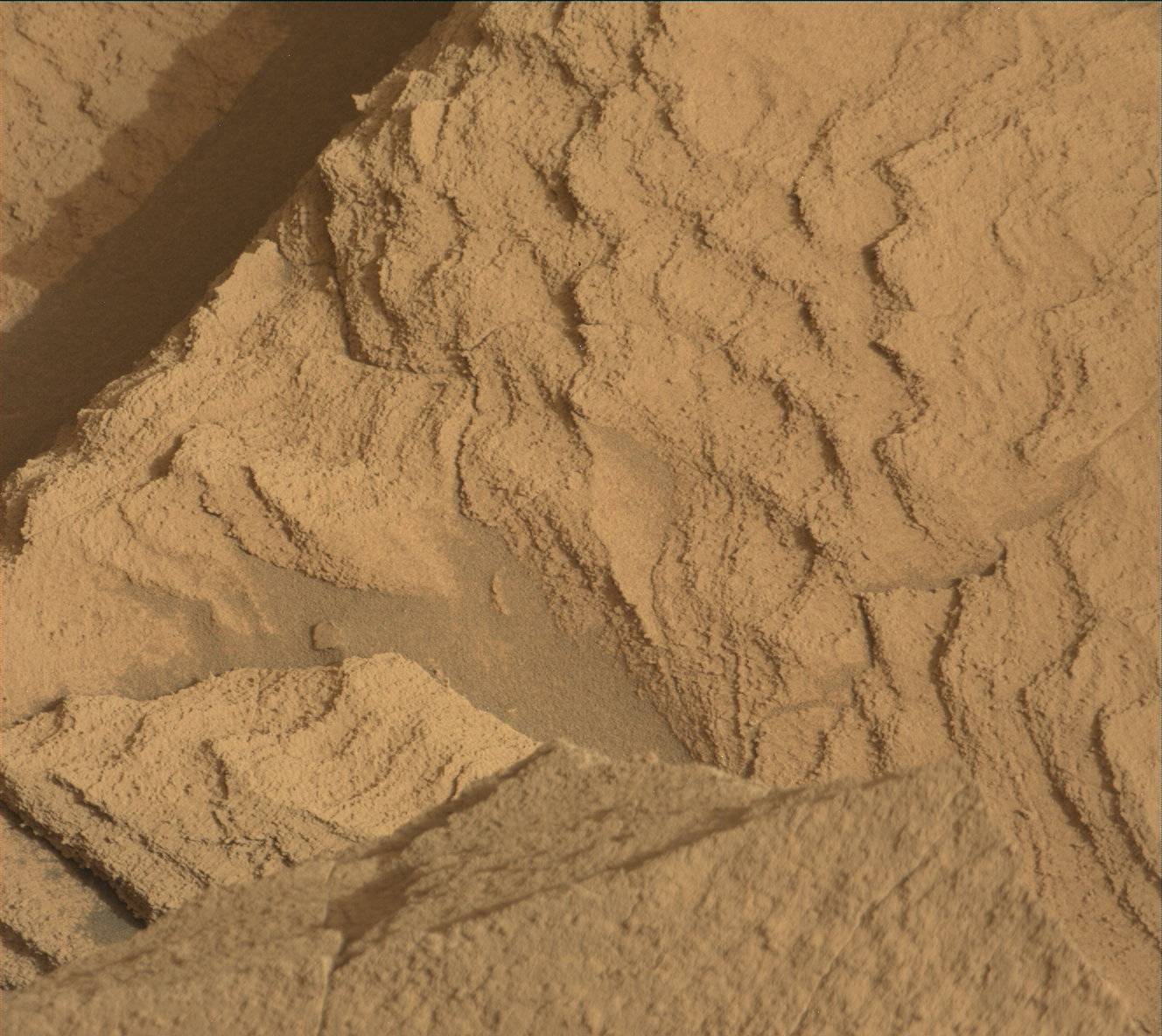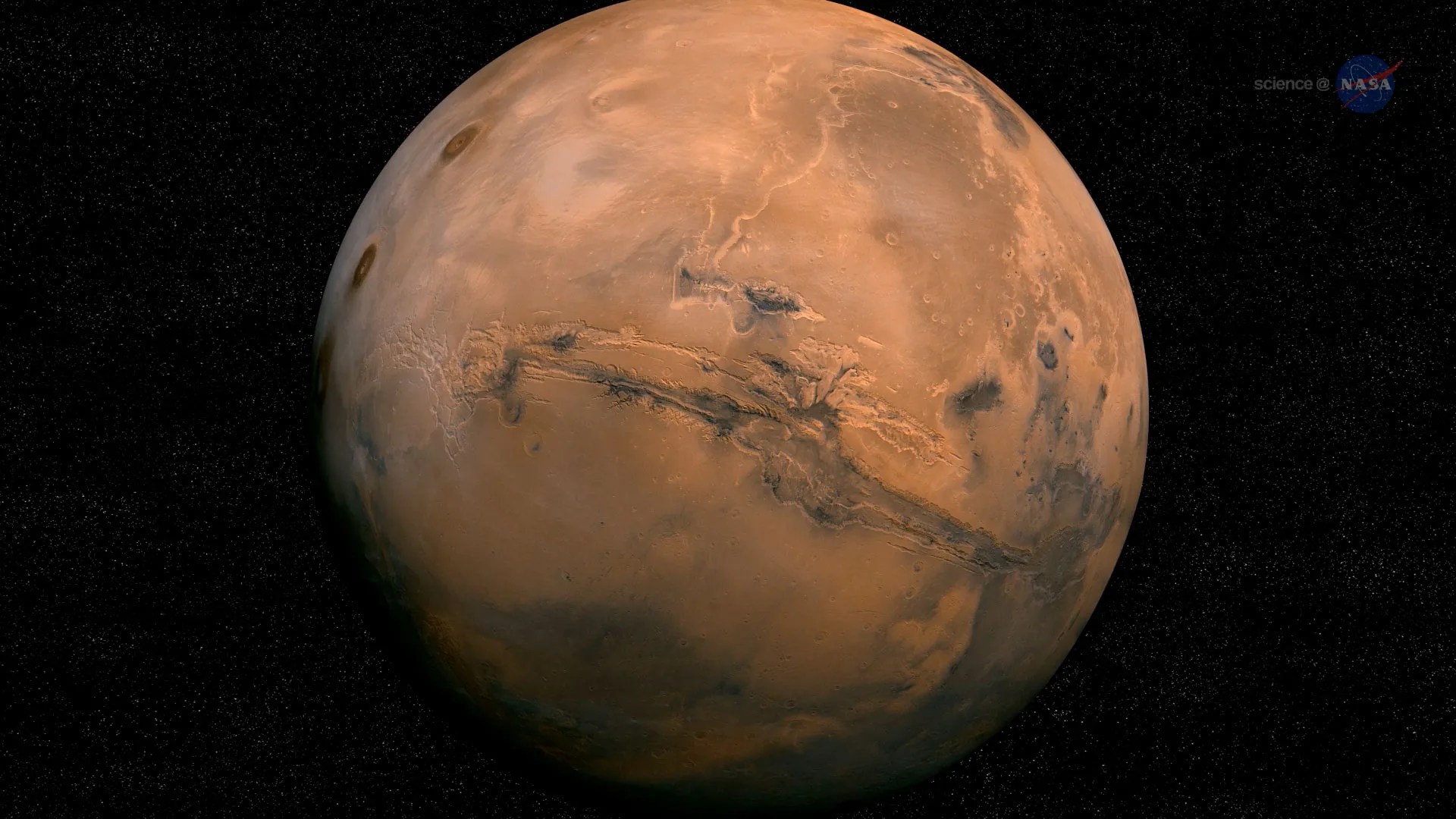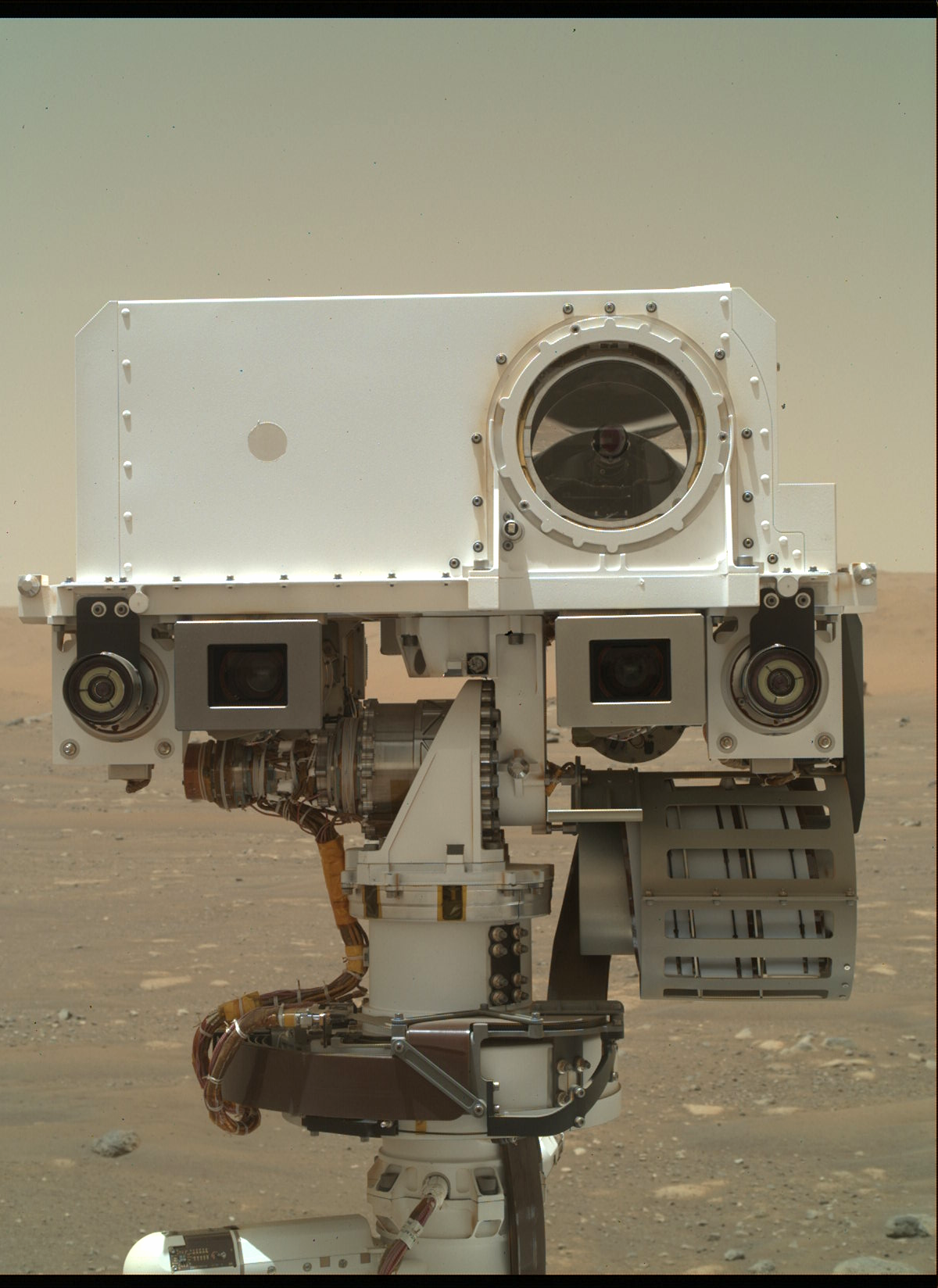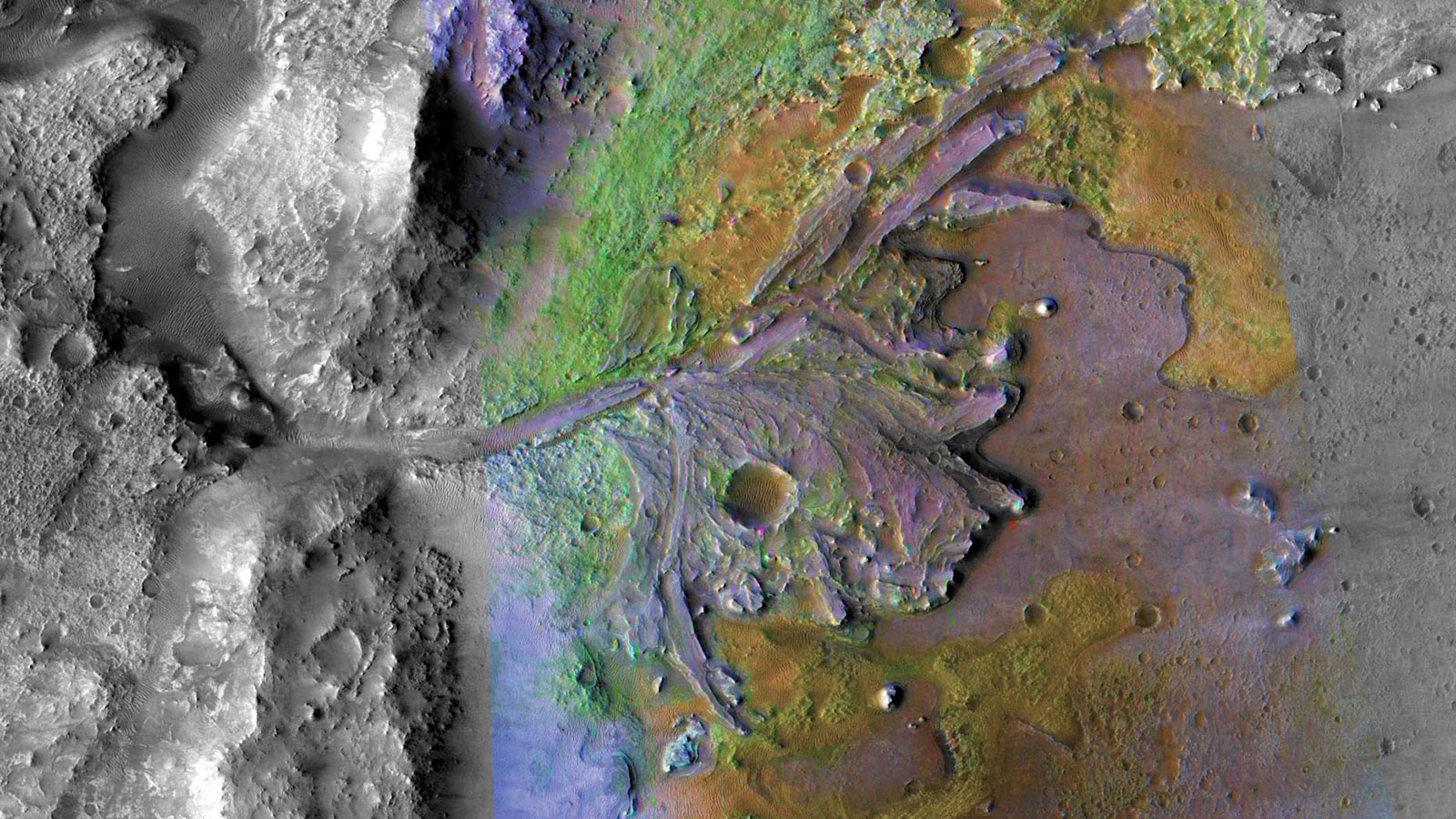3 min read
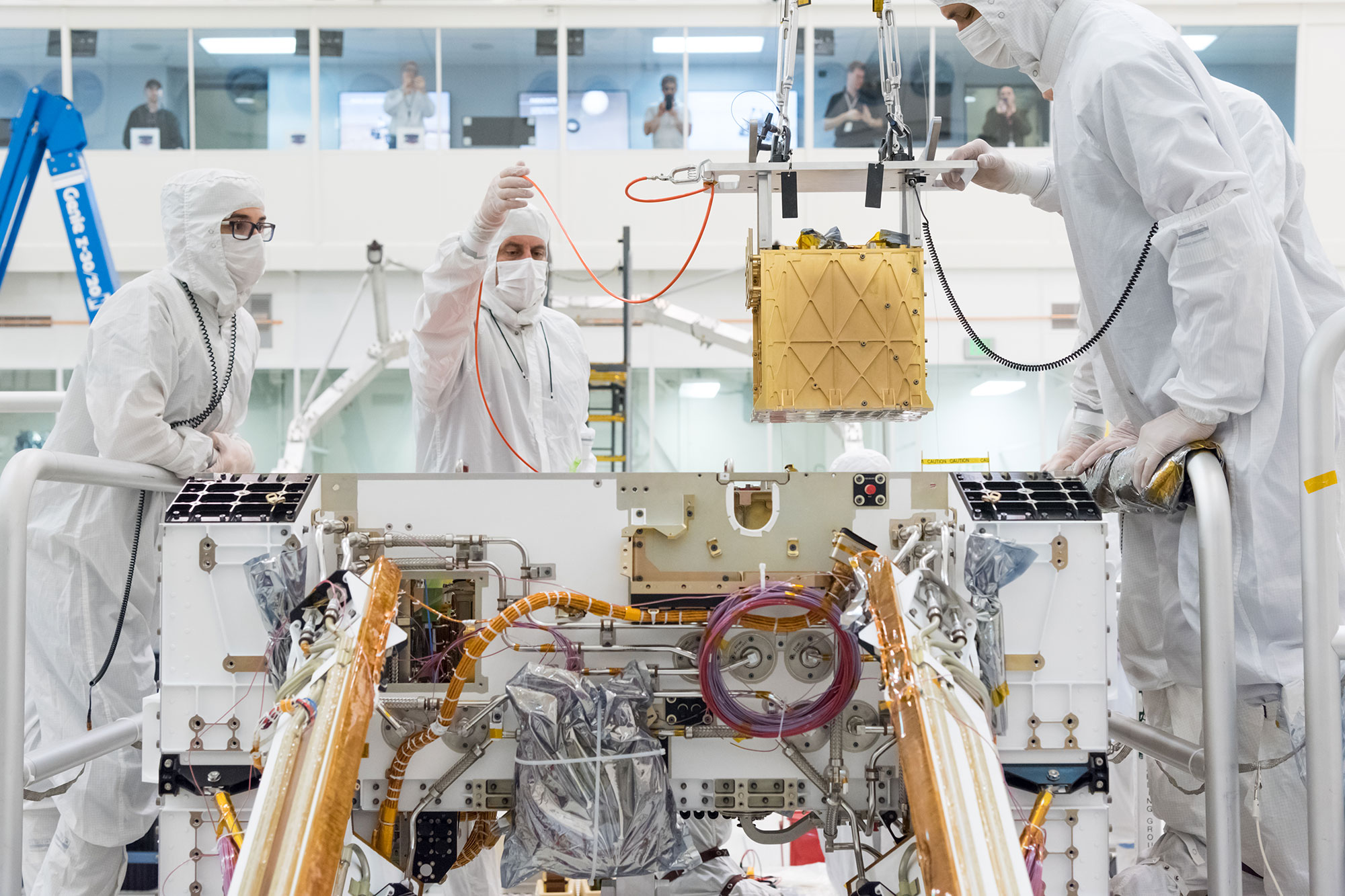
MOXIE, the Mars Oxygen In-Situ Resource Utilization Experiment, is a Perseverance Rover payload on Mars. MOXIE uses a scroll pump to capture the thin, carbon-dioxide dominate air of Mars and flows it into a Solid Oxide Electrolysis (SOXE) stack. The SOXE performs an electrochemical process that strips oxygen atoms off the carbon dioxide. This oxygen is a valuable resource for rocket propellant oxidizer and life support systems.
On April 20, 2021, MOXIE created oxygen on Mars for the first time. This April, we are celebrating two fantastic years on Mars and the advances MOXIE has made for the field of space resources. During this time, MOXIE has operated throughout the seasons, at multiple locations, and at each time of day. MOXIE has conducted 13 oxygen production runs on Mars and has generated over 100 grams of O2 over 1,000 minutes of operation. MOXIE exceeded expectations in nearly every metric, proving that NASA can confidently lean on MOXIE’s technology for the creation of oxygen depots on Mars.
Here are some highlights and what we have discovered:
MOXIE’s first run (FM-OC9) was conducted on April 20, 2021, and was the first manmade oxygen production on Mars. This test demonstrated that MOXIE is a feasible technology for Mars and validated that in-situ resource utilization is possible.
On August 18, 2021, a test (FM-OC13) was conducted to optimized oxygen production purity by varying flow (and pressure as a result) across the SOXE cells. A detailed flow sweep during the warm Martian day was also conducted during MOXIE’s most recent test on February 18, 2023. High purity oxygen production showed us that MOXIE can meet the quality needs for future Mars mission.
Between October 2, 2021 and January 11, 2022 three MOXIE runs tested MOXIE’s ability to operate during the night and day during the low-density period on Mars. This data was key in demonstrating that MOXIE could operate continuously on Mars in extreme conditions, a feat needed for any human rated system.
On Nov 28, 2022, MOXIE set a record oxygen production rate of 10.56 grams per hour. This record was set by controlling the voltage across the SOXE instead of current. This technology was first demonstrated in the two previous runs and was developed to improved SOXE cell safety when running at high production rates.
MOXIE has been incredibly successful thus far, but there is still a lot of work left to do. The next steps for MOXIE include testing more advanced control schemes and perhaps even testing MOXIE’s ability to run during a Martian dust storm! If you are interested in digging through the MOXIE data, MOXIE published the 6th release of data to the Planetary Data System on March 24. This release includes all MOXIE data from Sols 4 to 631 on Mars. Check out the public link to the data here: Moxie Mars Oxygen ISRU Experiment.
Written by Forrest Meyen, MOXIE Science Team Member at Lunar Outpost

